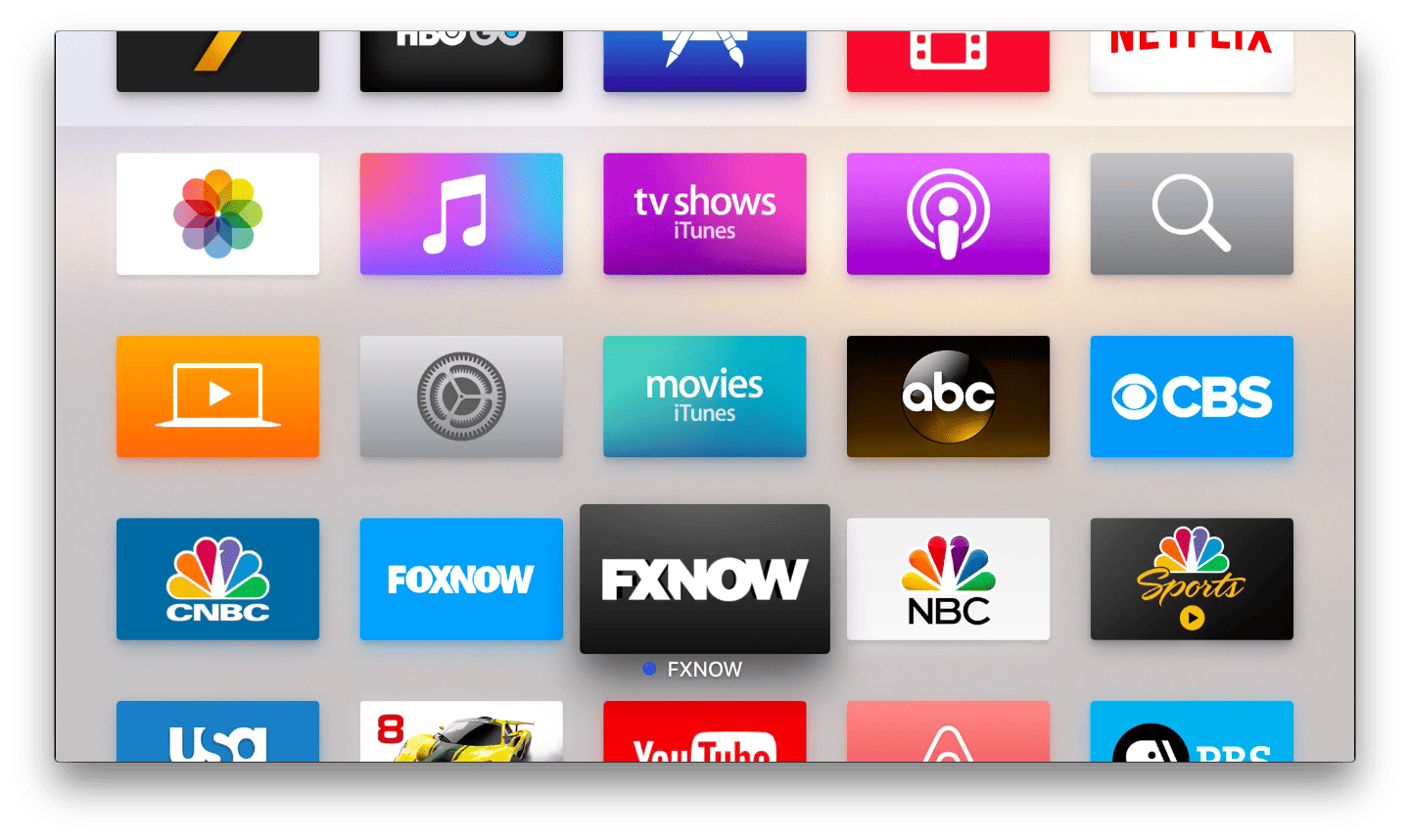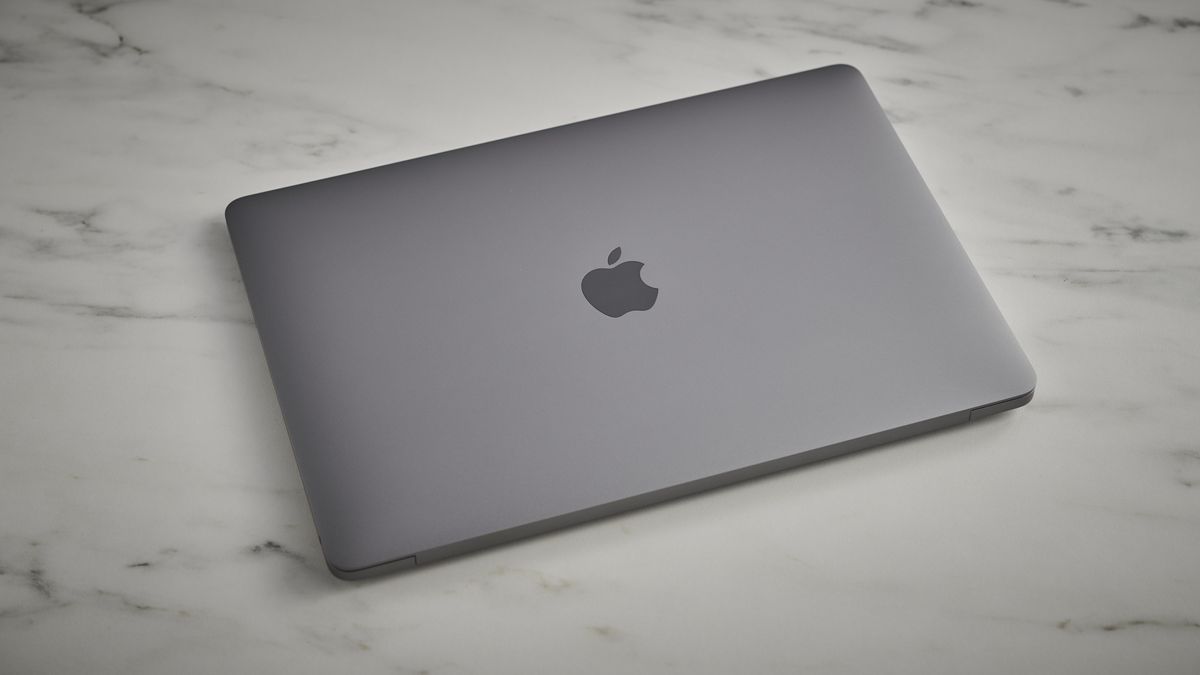
- MUST HAVE APPS FOR MACBOOK PRO M1 1080P
- MUST HAVE APPS FOR MACBOOK PRO M1 PRO
- MUST HAVE APPS FOR MACBOOK PRO M1 FREE
- MUST HAVE APPS FOR MACBOOK PRO M1 WINDOWS
MUST HAVE APPS FOR MACBOOK PRO M1 PRO
To clarify, the M1 MacBook Pro isn’t a gaming laptop, but that’s not to say it doesn’t do a very good impression of one.
MUST HAVE APPS FOR MACBOOK PRO M1 WINDOWS
Then there’s gaming, something the macOS is still a long way behind Windows PCs on. In fact, throughout the entire review process we couldn’t get the device’s fans to spin up, nor could we see it slowing down – we can only imagine how powerful the (much more expensive) M1 Max must be. Our review unit has the M1 Pro chip and was able to flick between demanding apps, edit audio, video, and run multiple instances of Adobe apps with absolutely no slowdown. The M1 Pro and M1 Max, then, take everything about that chip and crank it up to eleven. Make no mistake: if you’re not editing audio, video, images, or coding, there’s a high chance you’ll be more than satisfied with last year’s M1 MacBook Pro, or even the M1 MacBook Air. If last year’s M1 chip marked Apple unveiling its consumer-level laptop chip, the M1 Pro and M1 Max are definitely geared towards professionals.
MUST HAVE APPS FOR MACBOOK PRO M1 1080P
For one, the display is incredibly bright (more on that later), and now has an iPhone-style “notch” that contains a new 1080p webcam sensor.

Open the MacBook Pro M up, and everything is similar to before but a little different. It now supports high impedance headphones, which negates the need for a preamp. You’ll also find an SD card slot, as well as two USB-C ports on the left, and one on the right, all of which support USB 4.0 speeds.Īs a pleasant surprise, the headphone jack has been upgraded, too, and moved to the left side. That gives it a more functional design, but we’re not complaining, especially since that added room means HDMI is back (albeit restricted to 2.0 as opposed to 2.1). The most noticeable changes when it’s closed are, quite simply, that it’s a little thicker than the prior, TouchBar model, and the corners are a little more square. In the most basic terms, Apple’s MacBook Pro lineup has long been an aluminum case with a display and a keyboard, and in essence, that’s still the same here.

It really is like having a desktop powerhouse you can take anywhere. We tested the former for this review and throughout audio and image editing never felt as though we ran out of headroom. Depending on your configuration, you’ll find the M1 chip’s more powerful cousins – the M1 Pro or M1 Max. The FaceTime camera is finally a 1080p sensor (although many will find the notch a little distracting), and the TouchBar is gone, meaning function keys are once again back on the menu. HDMI is back, as is the SD card slot, as well as a headphone jack that’s been upgraded to work with high impedance headphones – a first for the product line.įinally, the MagSafe charger makes a comeback, helping to prevent the device from going flying if someone snags the cable, while you still have the option to charge via one of the USB-C ports.Īpple still found time to correct course on some other bugbears, too. Still, if you’re happy with a little extra heft, you’ll get incredible performance and efficiency, and a return to a port setup that many have been longing for since the 2014 lineup.
MUST HAVE APPS FOR MACBOOK PRO M1 FREE
Operating system: MacOS Big Sur (macOS Monterey compatible with free download)

Ports: 3 x USC-C ports (USB 4 support), MagSafe charging port, HDMI 2.0 and SD card slot, one headphone portīattery life: Up to 14 hours of wireless web browsing Display: 16.2" Liquid Retina XDR display, 3456x2234, 1,600 nits peak brightnessĬPU: Apple M1 Pro (10-core CPU, 16-core GPU, 16-core Neural Engine) (M1 Max has 32-core GPU)


 0 kommentar(er)
0 kommentar(er)
